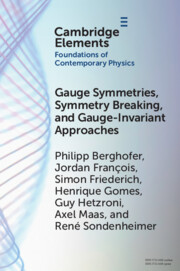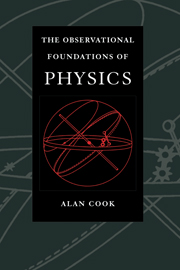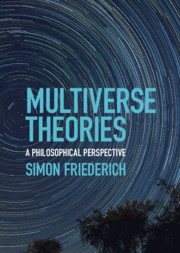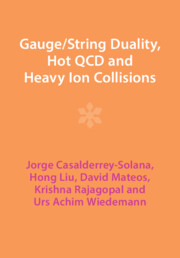Gauge Symmetries, Symmetry Breaking, and Gauge-Invariant Approaches
Gauge symmetries play a central role, both in the mathematical foundations as well as the conceptual construction of modern (particle) physics theories. However, it is yet unclear whether they form a necessary component of theories, or whether they can be eliminated. It is also unclear whether they are merely an auxiliary tool to simplify (and possibly localize) calculations or whether they contain independent information. Therefore their status, both in physics and philosophy of physics, remains to be fully clarified. This Element reviews the current state of affairs on both the philosophy and the physics side. In particular, it focuses on the circumstances in which the restriction of gauge theories to gauge invariant information on an observable level is warranted, using the Brout-Englert-Higgs theory as an example of particular current importance. Finally, the authors determine a set of yet to be answered questions to clarify the status of gauge symmetries.
Product details
August 2023Paperback
9781009197229
124 pages
230 × 150 × 10 mm
0.194kg
Available
Table of Contents
- 1. Introduction
- 2. State of the Art: The Interpretation of Gauge Symmetries
- 3. Symmetry Breaking and the BEH Mechanism
- 4. Motivating Gauge-Invariant Approaches
- 5. The Dressing Field Method of Gauge Symmetry reduction
- 6. The FMS Approach
- 7. Critical Assessment, Reflections, and Challenges
- References.







